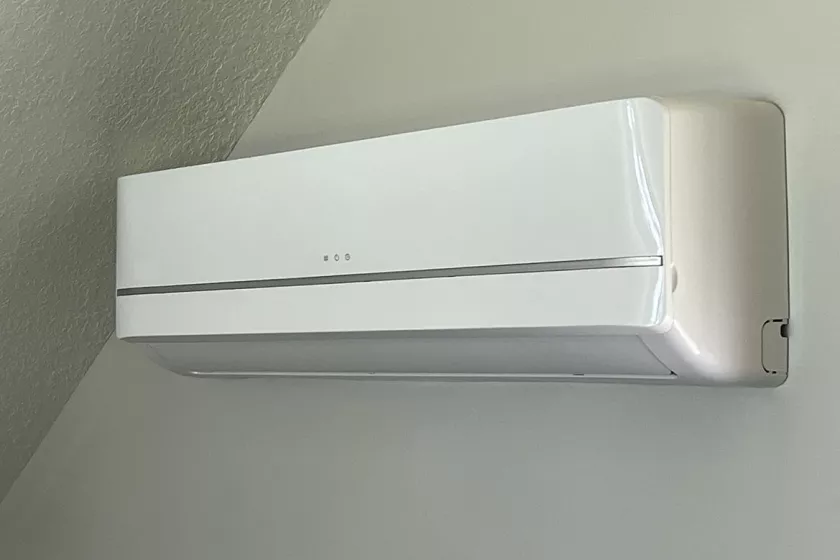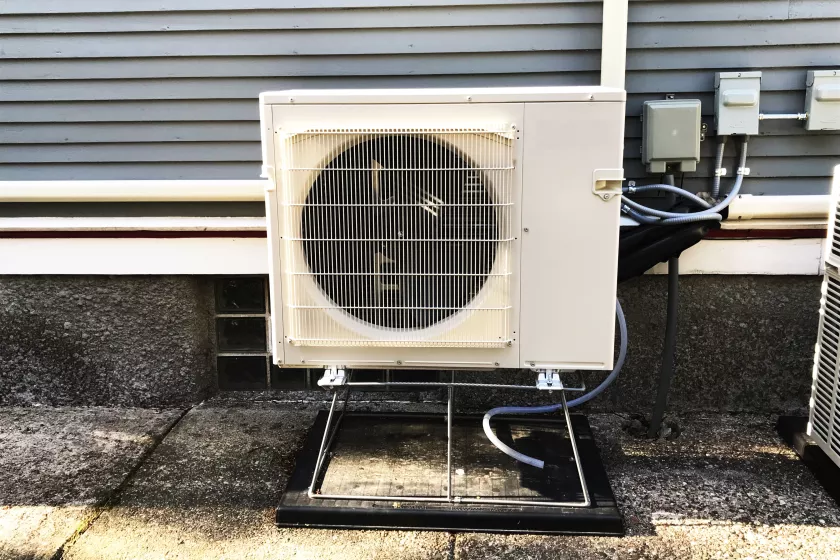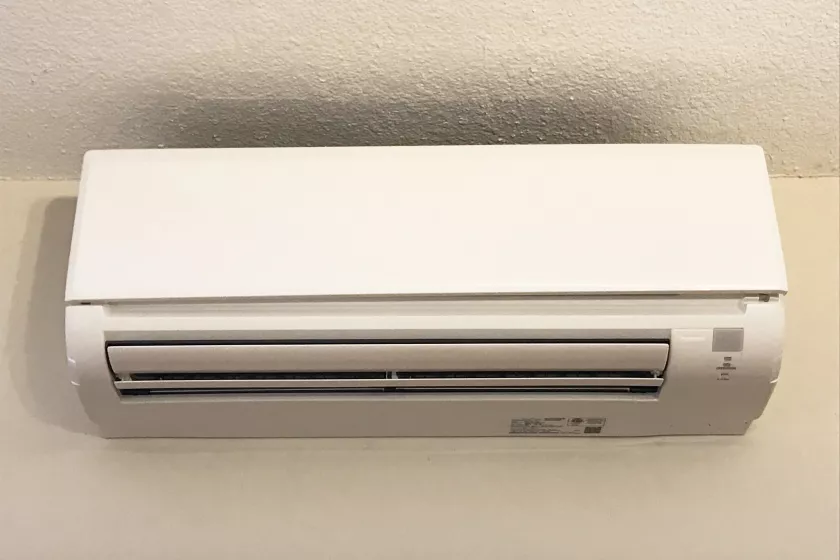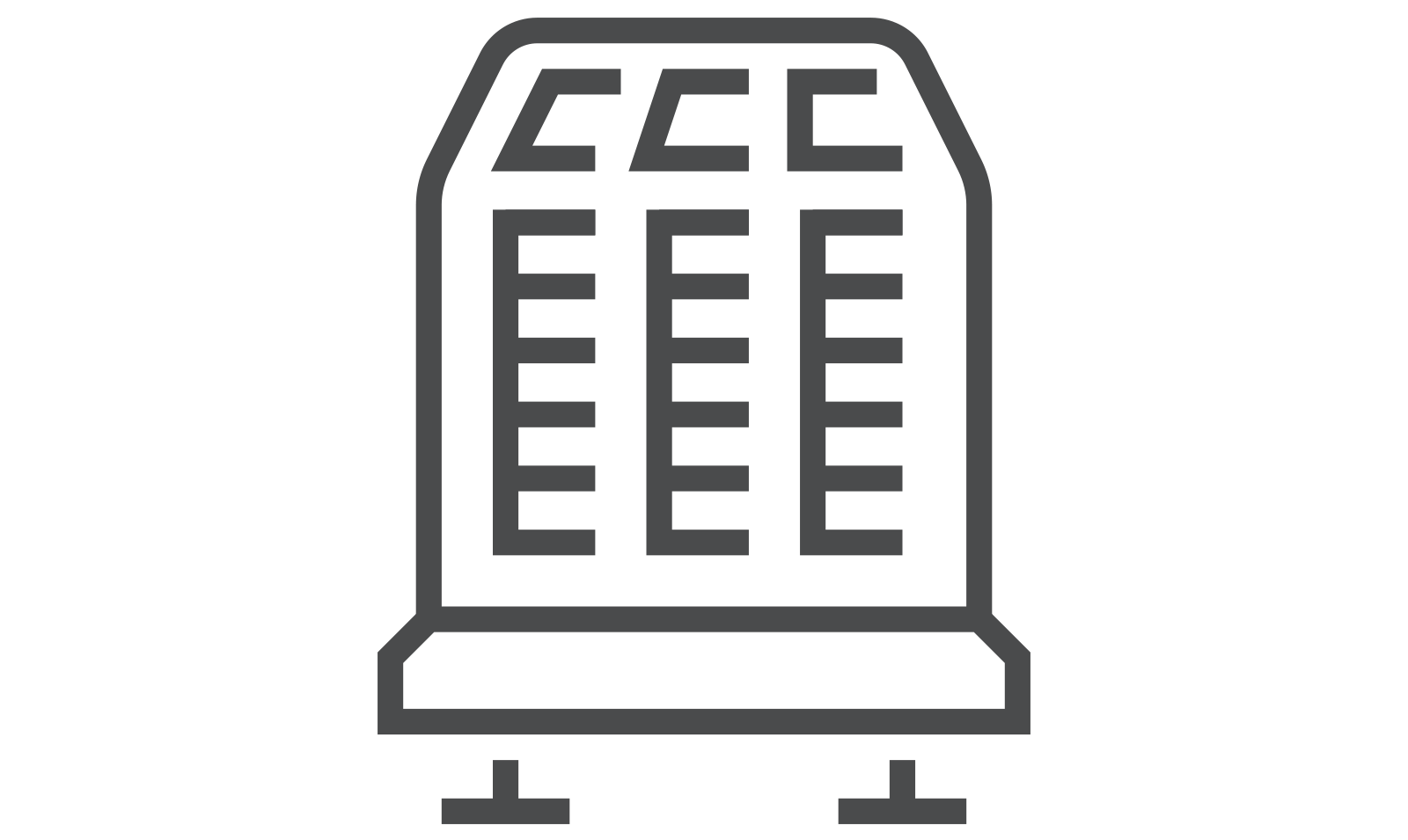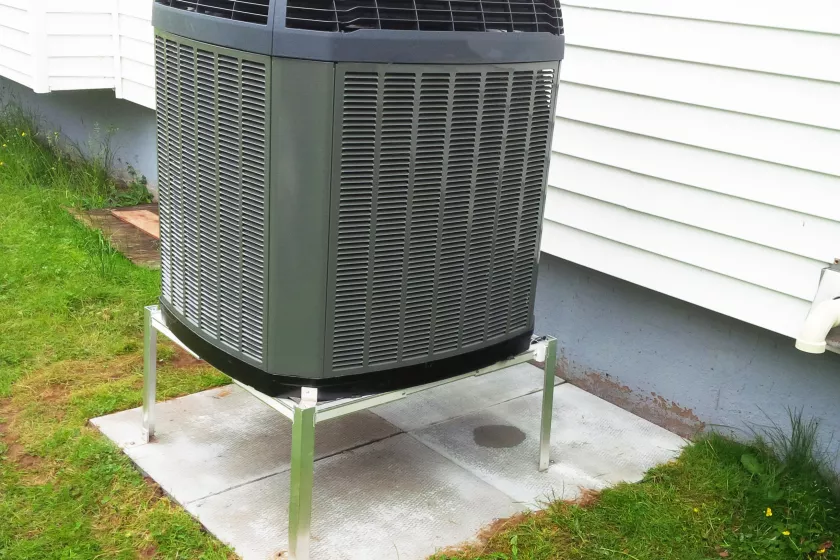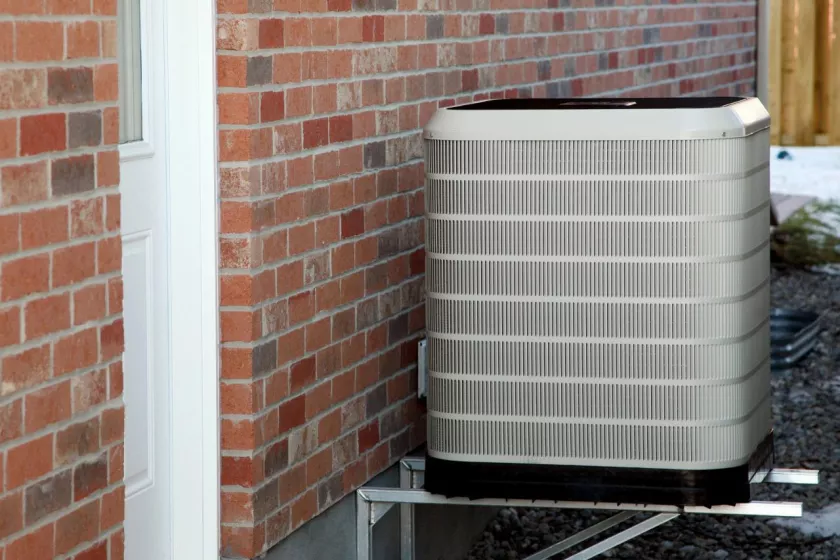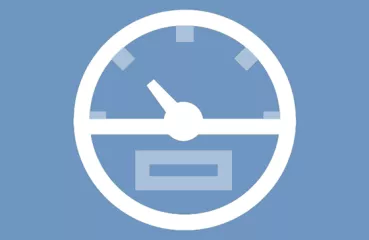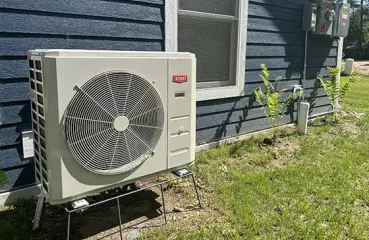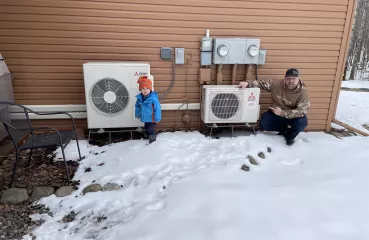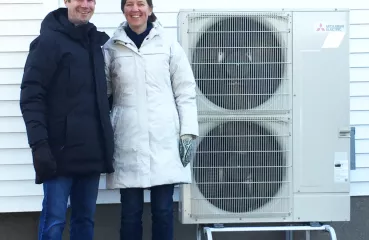Air source heat pumps use electricity to heat and cool.
-
They work like air conditioners to cool, and work in reverse to move warmth from outside air into your home to heat.
-
They heat homes up to three times more efficiently than forced air and electric resistance heating systems.
-
Works for homes with and without ductwork.
-
Set it and forget it. ASHPs operate most efficiently without thermostat setbacks.
-
Great option when adding or upgrading air conditioning.



